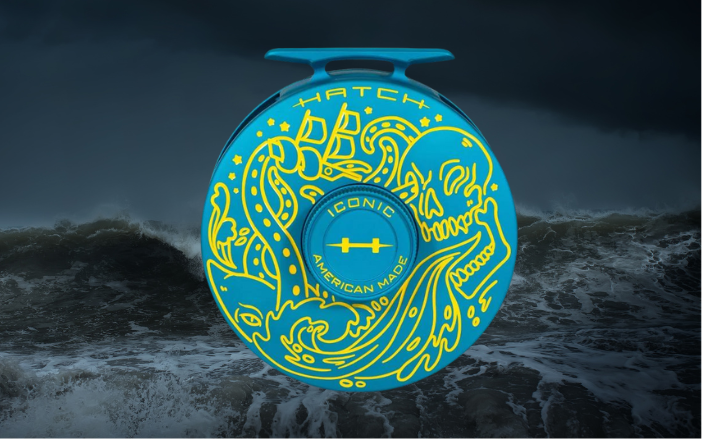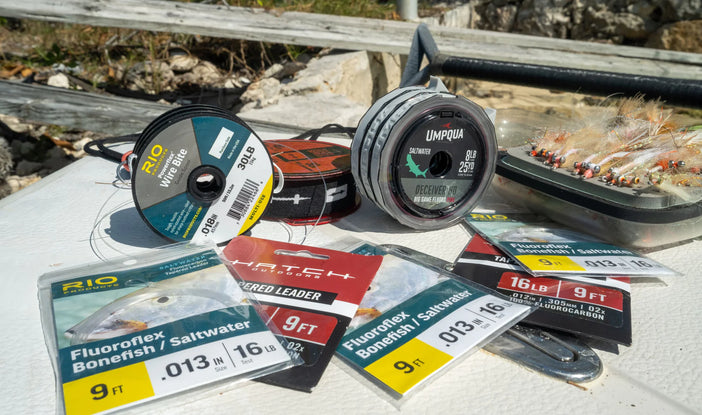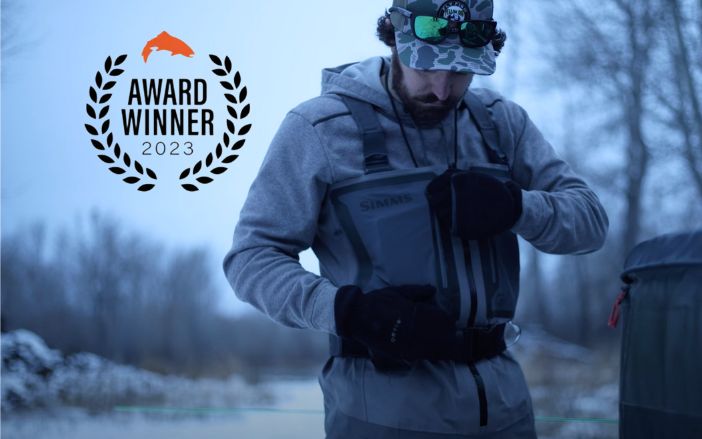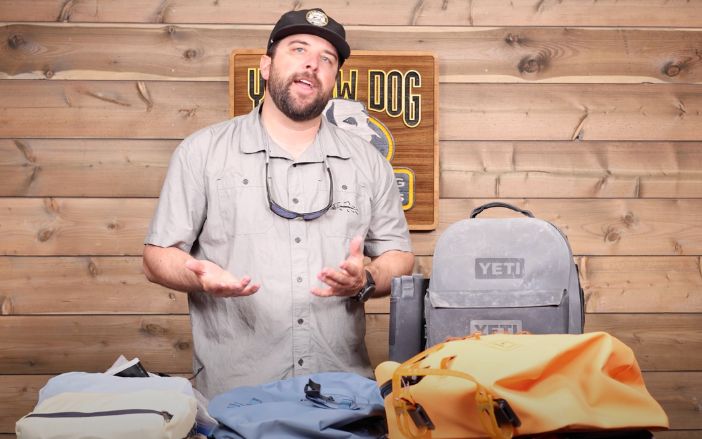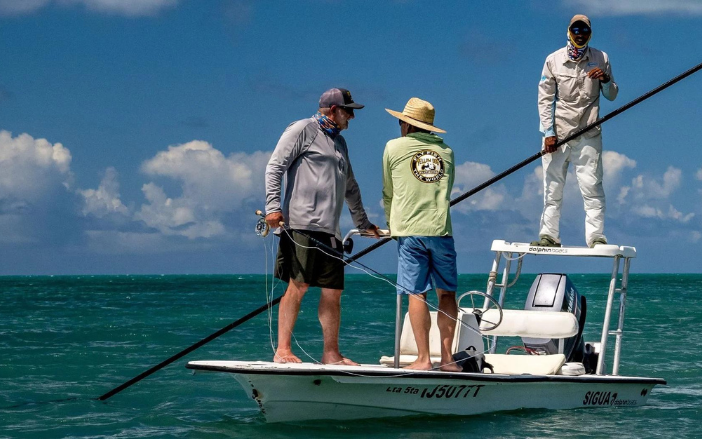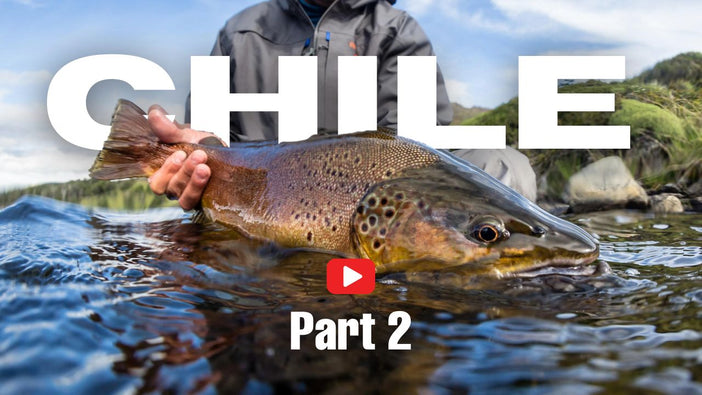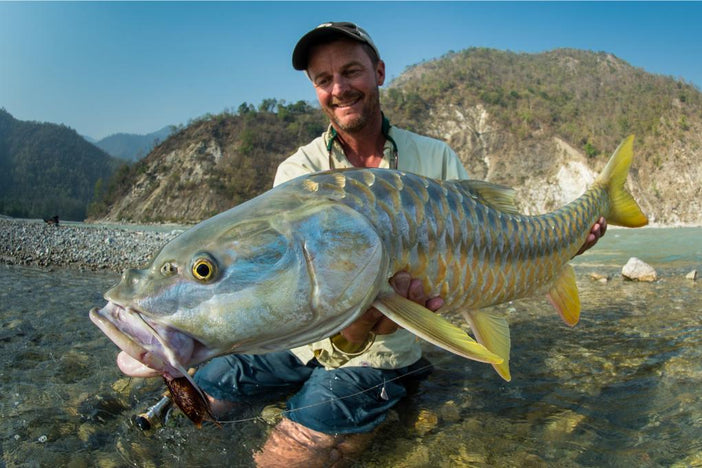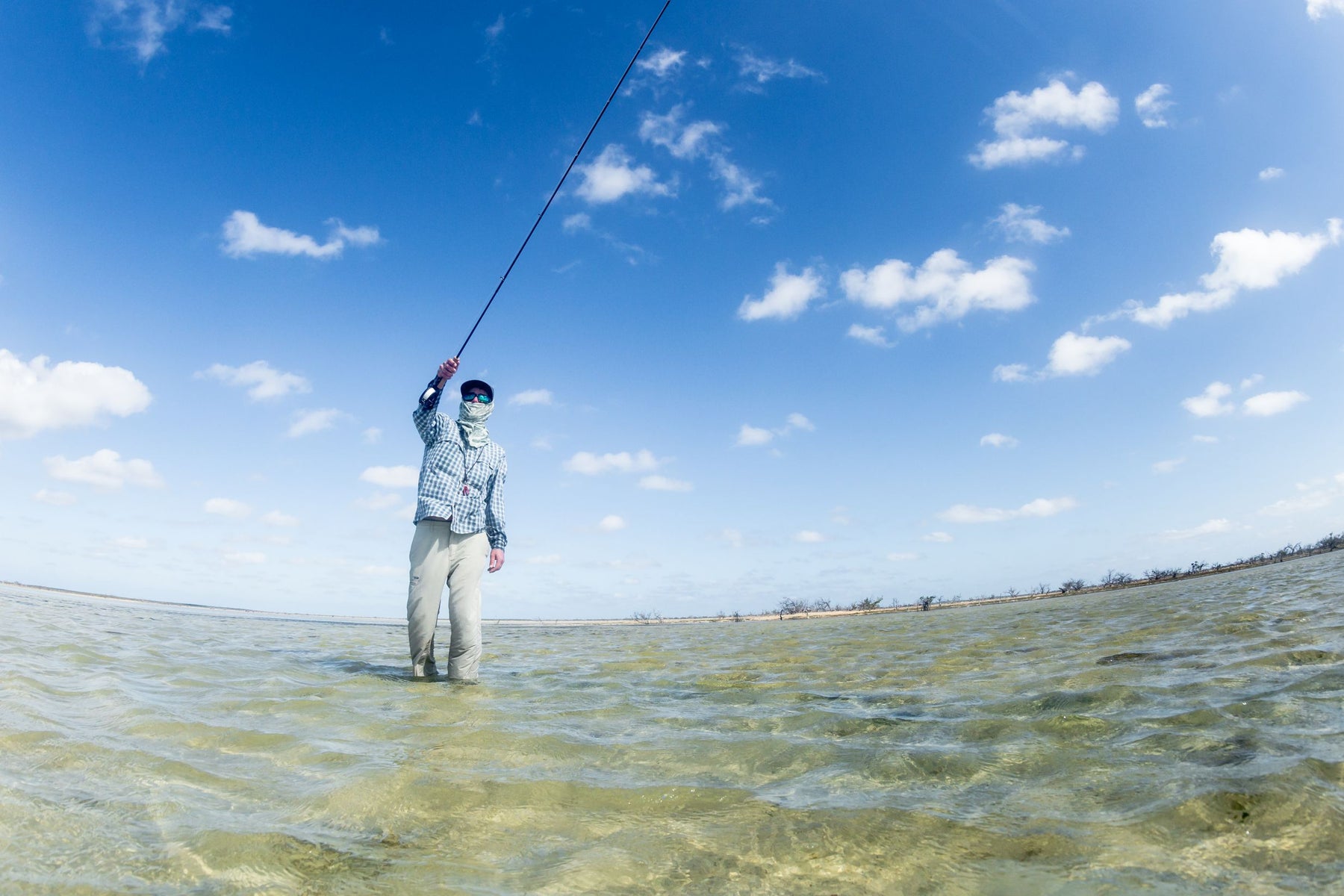Making your first cast count is one of the most important things about being successful in saltwater flats fishing. Nearly every time, your first shot affords the best chance at getting the bonefish, permit or tarpon to eat a fly. All of these fish have extraordinary vision and sixth sense of incoming danger. A repeat cast, even a good one, is often enough to turn a fish off from eating. Here are a few tips on making that great cast the first time, or what we like to call “one-timing it!”
1. Practice Your Cast
Before you head out on your trip, it is always a good idea to practice with your equipment. Everyone benefits from a little casting practice before a trip if it is your first time or your hundredth trip. If your cast needs work, take a lesson or two from a good instructor. Make your practice time as realistic as possible.
Set up your rig exactly as you would in the field in respect to your line, leader, and fly. If you are going to be fishing with a weighted fly, practice with one! Practice when it is windy. Don’t worry about throwing a whole fly line, focus on accuracy in the 20 -70-foot range. Don’t practice repeat casts; start at the ready position with your fly in hand and get the fly to the target with a minimum of false casts.

2. Stealthy Delivery
Getting your fly in front of the fish does not do you much good if you slam it into the water, causing that fish to vacate the area at high speed. Slipping your fly into the water quietly is key in most situations, especially in skinny water or calm conditions. Only put enough energy in the cast to get the fly there. Zipping the fly too hard for the given distance will make it tougher to make it land softly, not to mention accurately! Practice on the water deliveries as softly as you can. Keeping your loops tight and low to the water on your cast will allow for a quieter plop of the fly. A longer leader can also help you land the fly more stealthily.

3. Relax
Flats fishing is one of the most exciting, rewarding, humbling, and challenging things you can do with a fly rod. Few things can get an angler’s heart rate up like preparing to cast to a big tailing bonefish or permit, or a Shamu-sized laid-up tarpon. Controlling your excitement, adrenaline, and anticipation is a challenge, especially if you have not done it before.
The biggest hurdle is not forgetting the basics in the heat of the moment; do not rush your cast. The more chances you get at these coveted fish, the easier it is not to melt when you get the shot. Shrug off your blown casts and try and stay frosty for the next one. The fish gods usually reward the anglers who have the best time, so keep it loose and have fun. Drink a beer, smoke a cigar, listen to Bob Marley, tell jokes with your guide and enjoy where you are.
4. Pick Your Target
Generally speaking, you want to get that fly as close as you can to the fish without spooking them. If you are quiet with your presentation, you can often drop the fly very close to them. Don’t be afraid to spook fish, you are doing it right if you do! There are countless factors that go into where you should put it, a good guide can do the math and tell you. You can count on each shot you get to be different.

5. Get Tight To The Fly
If you have accurately and stealthily placed your fly in front of the fish, you must be ready for the grab immediately. The only way you will feel the eat is to be tight to your fly and you don’t want to waste any time after the fly is there. Resist the urge to completely let go of the line while making the cast.
That way as soon as the fly is there, you don’t have to find the line again to strip in that slack. There is a great chance that with a good cast, the fish will eat it right away. Another great tip is to put the tip of the rod in the water while you are stripping. That eliminates all slack and dynamically adds to the movement of your fly and your feel for the grab between strips.
Relevant Articles:
- Fly Fishing the Salt: Diving into the World of Tarpon, Permit, and Bonefish
- Bonefish Leader & Tippet Advice from Jeff Currier and Oliver White
- Perfecting Your Bonefish Presentation and Hook Set
- Tides and Fly Fishing: Planning Your Trip Around the Tides
- Practice Fly Casting: 8 Tips from a Fly Fishers Master Certified Instructor
WAYPOINTS Podcasts:







